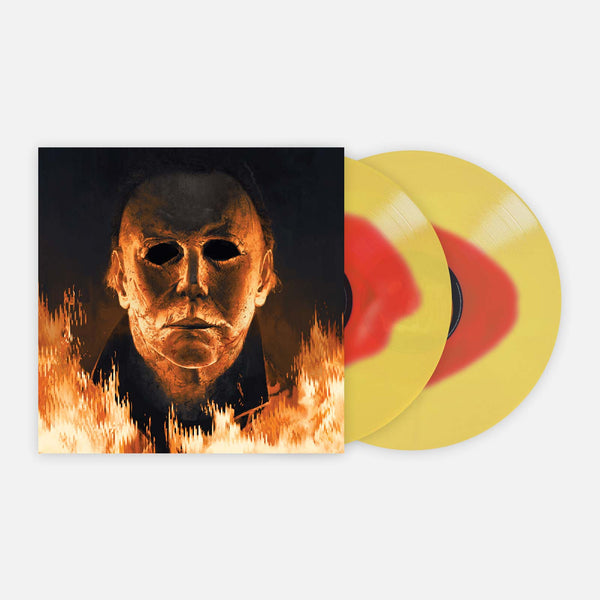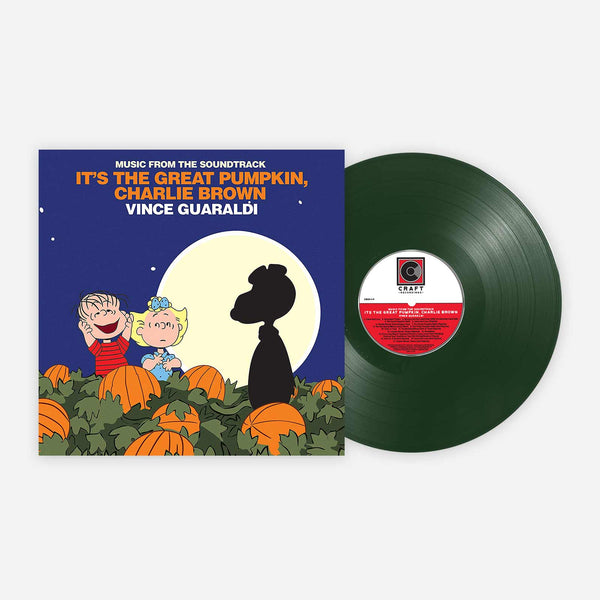Everything You Need To Know About Our Donald Byrd Reissues
In October, members of Vinyl Me, Please Classics will receive Fancy Free, the 1970 jazz fusion album from legendary jazz trumpeter Donald Byrd. We worked closely with Blue Note records to remaster this album, and deliver a high-end re-imagining of the album package itself. Read an excerpt from the Listening Notes here. You can sign up over here.
Below, you can learn why we picked the album, and everything that went into our reissue, from the package to the remastering.
Why We Picked This
Andrew Winistorfer: I guess the first biggest news is that it’s Donald Byrd month for Classics/our store, since we have Fancy Free in Classics, and are dropping a reissue of Stepping Into Tomorrow as well. I know that a couple months ago you were like, “Let's find some Donald Byrd titles that we could think about,” and we both listened to most of his albums. Why did we decide that we wanted to do a big Donald Byrd focus?
Cameron Schaefer: Probably a year and a half ago when we were starting to focus a bit on Blue Note as a label, and we started our series of limited-edition Blue Note reissues for the store. I was working with Universal on Blue Note titles that were kind of hidden gems that hadn’t been reissued in a while, and also kind of de-conflicting with their reissue schedule and everything. And so, we had back then identified kind of two Donald Byrd titles that were great but hadn’t been reissued in a long time. They had a Japanese pressing in ’79 and then a U.K. and U.S. reissue in ’93 for Fancy Free.
We identified these two Donald Byrd titles, and part of it was just like, I immediately loved both of the album covers as well. I’m a huge sucker for Blue Note album covers in general, the aesthetic is so amazing, but then I feel like these ones in particular, like Fancy Free with these weird birds just flying around, and Stepping Into Tomorrow, it could be like in a museum of modern art.
I like the pun of Fancy Free, that there’s birds on the cover and it's Donald Byrd, you know.
Yeah, totally.
That's that ’70s sensibility of album covers that when somebody would do that now you’d probably be like, “Man, that's kinda corny,” but in the ’70s it’s like super endearing. That’s the peak of album art for me.
Another thing about Donald Byrd is that you forget how prolific he was. If you go through his catalog, it’s like basically starting in 1955, he releases an album every single year, sometimes multiple albums in a year, and it’s just nuts.
I think it’s crazy that we’re doing Stepping Into Tomorrow and the fact that it’s five years apart in his catalog, but it’s seven records or six records apart.
It’s nuts. So, yeah, Fancy Free I feel like was when he was just kind of in that transition out of more traditional jazz and getting into more soul-jazz fusion. The Miles Davis record, In a Silent Way, had just been recorded a few months earlier, and I think it was just this interesting time in jazz, and it's when it transitioned into these albums that started becoming huge for sampling for hip-hop. Not Fancy Free as much, but the next few after is when jazz took this turn into kind of soul-jazz-funk fusion and became a style that was the roots of a lot of hip-hop.
Natalie Weiner, who did the Listening Notes for us, says in there that he wasn’t the first guy to do jazz fusion, but he was certainly at the crest of the wave. He was at the forefront of doing that, and she talks a lot in the booklet about how his attitude toward fusion ended up being the same as his attitude toward the hip-hop artists who sampled him, where he was like, “This is where music is going. It’s not my job to say whether or not this is where music is going, it just is, so I want to be making the most cutting-edge stuff and be part of the cutting edge; I don’t want to be last.” I think he was a rarity in that he was totally open to everybody sampling his stuff in that way.
Package Details
Let the people know the remastering details.
Kevin Gray at Cohearent, he does a lot of our remastering. He remastered these from the original tapes, cut the lacquers, pressed to 180 gram black vinyl at GZ. Heavyweight tip-on jacket and some great Listening Notes by Natalie. I love how with some of these, ironically because it’s Fancy Free, there’s not anything super fancy about it, but it’s just so solid. I always think about how we’re trying to create album packages that 50 years from now, someone’s grandkid or whatever of a Vinyl Me, Please member is going to inherit this record collection and stumble across this Donald Byrd album and be able to read the Listening Notes and maybe discover something. I like the idea that we’re just creating these very well-crafted, sturdy packages that I think will stand the test of time. Not to neglect the music, obviously.
Andrew Winistorfer is Senior Director of Music and Editorial at Vinyl Me, Please, and a writer and editor of their books, 100 Albums You Need in Your Collection and The Best Record Stores in the United States. He’s written Listening Notes for more than 30 VMP releases, co-produced multiple VMP Anthologies, and executive produced the VMP Anthologies The Story of Vanguard, The Story of Willie Nelson, Miles Davis: The Electric Years and The Story of Waylon Jennings. He lives in Saint Paul, Minnesota.
Related Articles
Join the Club!
Join Now, Starting at $36Pages







